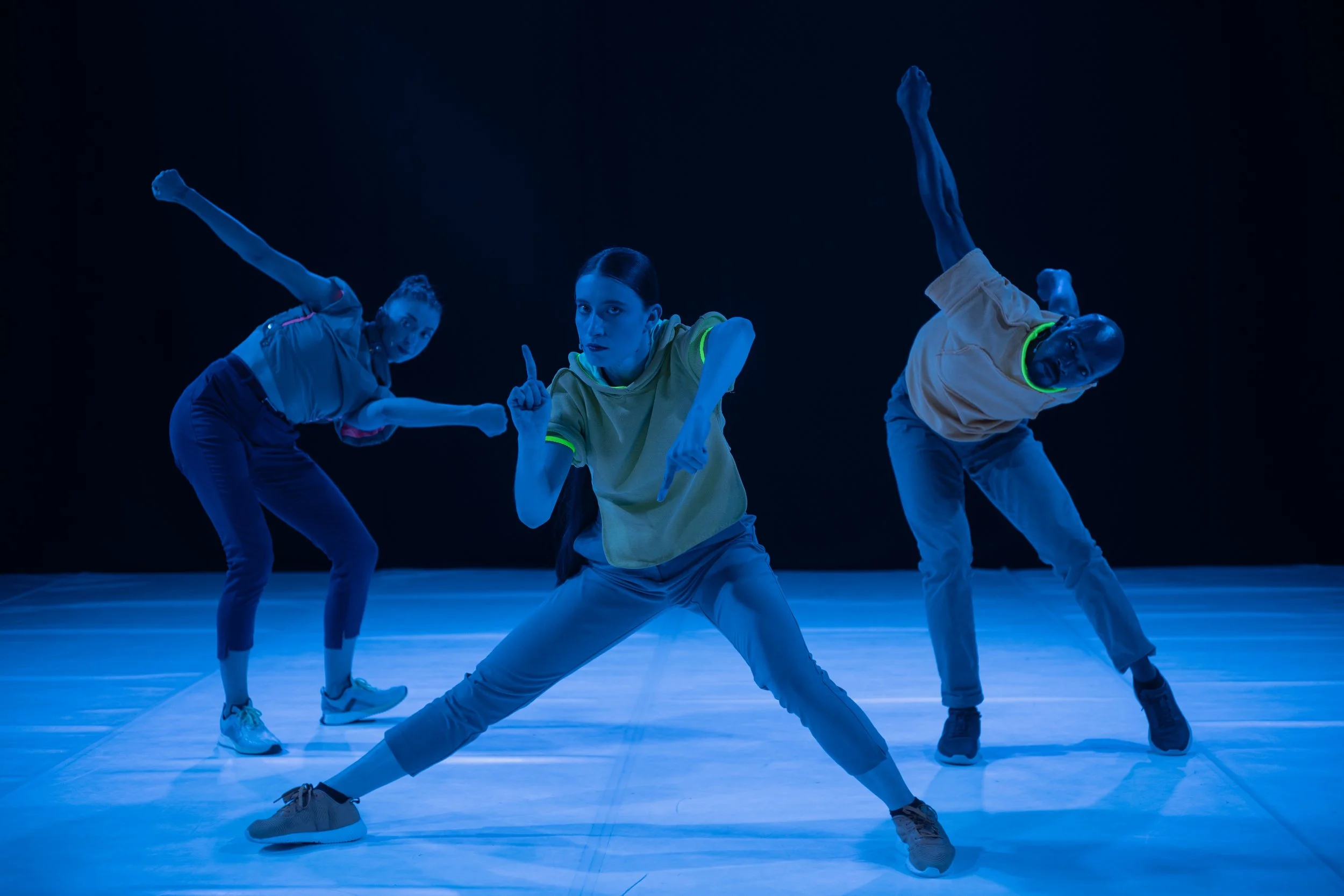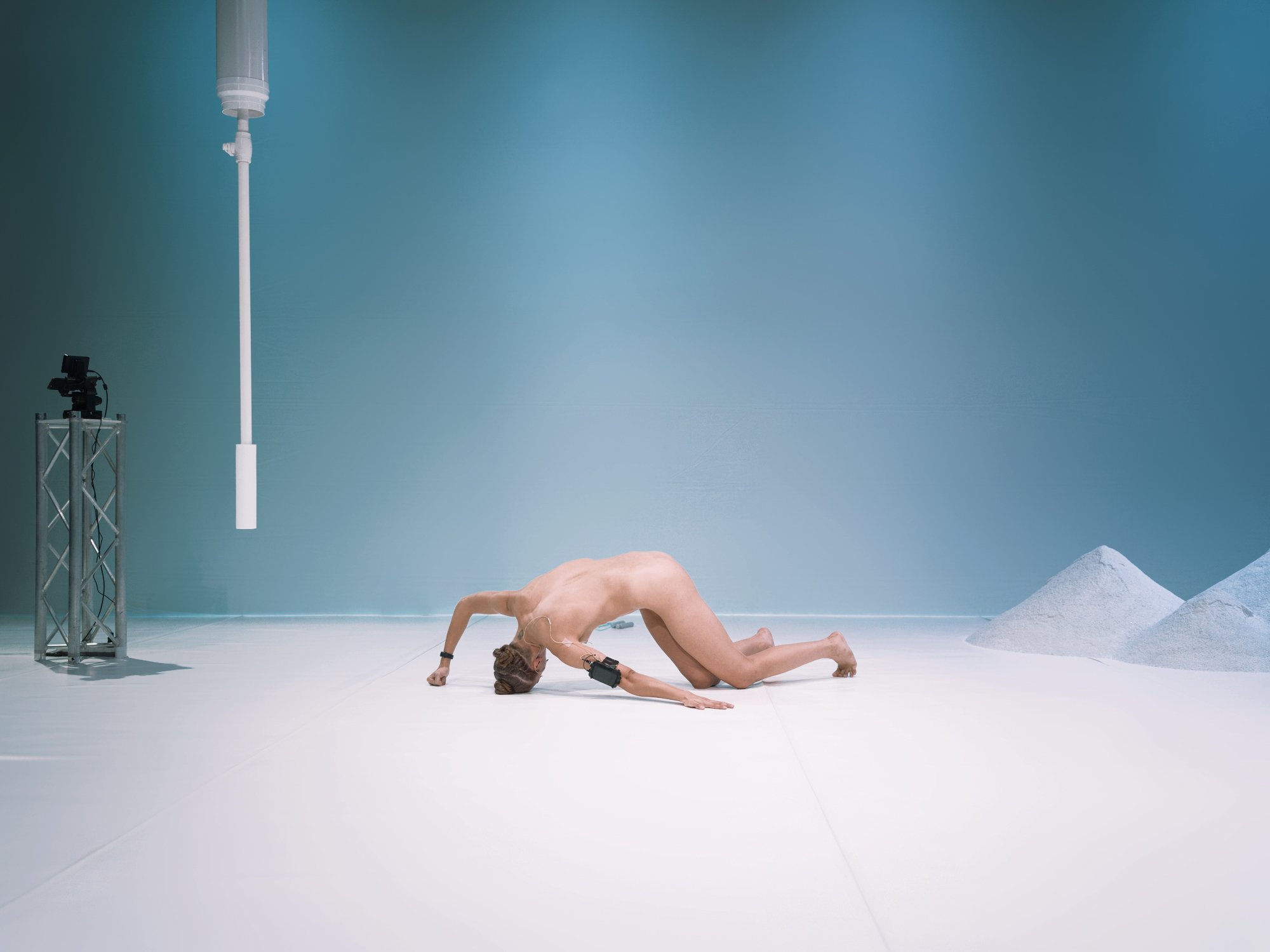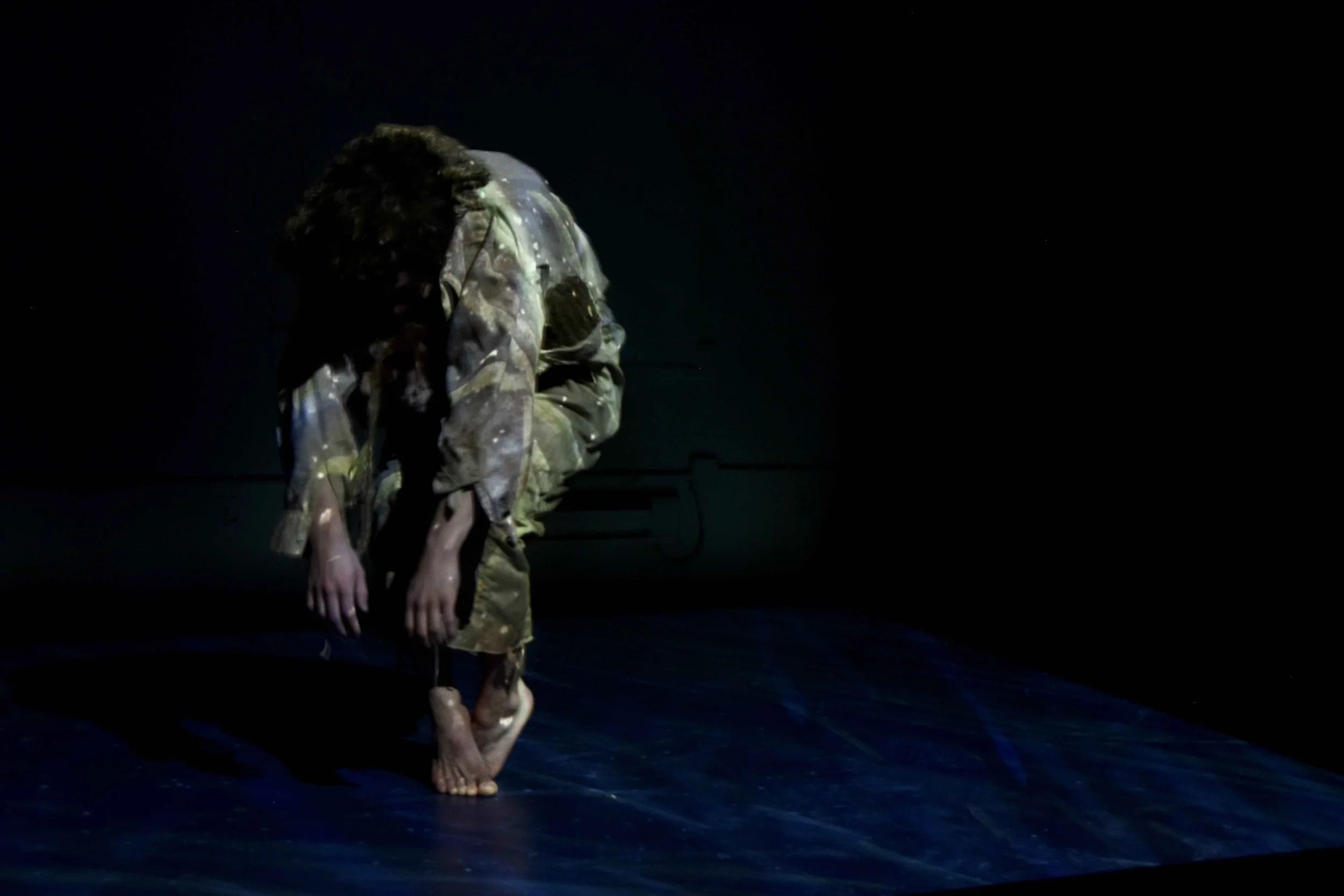Romania's Tangaj Collective explores "choreomania" and microbiology at the Scotiabank Dance Centre
At the PuSh Festival, Ramanenjana takes a witty look back at a real mass-dance event in Madagascar, while BLOT – Body Line of Thought cultivates real bacteria
Ramanenjana. Photo by Adi Bulboaca
As part of the PuSh International Performing Arts Festival, Ramanenjana is at the Scotiabank Dance Centre from January 19 to 21 (copresented with the Dance Centre and Inner Fish) and BLOT – Body Line of Thought is at Left of Main on January 22 and 23 (supported by plastic orchid factory)
THE TERM “choreomania” dates back beyond Medieval Europe, describing a “dancing plague” wherein groups of people—sometimes thousands at a time—dance erratically until they collapse in exhaustion or even death. Outbreaks have crossed the centuries, often attributed to everything from mass psychogenic illness to religious fervour to toxic substances.
“It’s hundreds or thousands of people dancing without having any control,” Romanian choreographer Simona Deaconescu, who has researched the topic, tells Stir over Zoom from her home in Bucharest, “being unable to stop and without having an apparent reason.
“When I started to read the actual history of what happened, it wasn’t any pandemic or madness; it was sometimes celebrations. There was also a strong connection between hardship of people, people going through hard times before these events happened.”
Diving ever deeper into studying the topic has ended up taking Deaconescu into a series of “docufiction” pieces around choreomania. It’s also taken her from Romania to Madagascar, and now to Vancouver with a PuSh International Performing Arts Festival performance of Ramanenjana—as well as a new work with Action at a Distance, called BLOT – Body Line of Thought.
For Ramanenjana, the Tangaj Collective artistic director focused on a specific incident of choreomania in Madagascar in 1863, where thousands took to the streets, dancing to drums in its capital city for weeks. But how the event was perceived depended on the point of view: colonial outsiders documented it as if it was a mass disease, when it might actually have been rooted in ritual and political action.
“Colonist doctors and scientists that were on the island at this moment were coming with this experience of the beautiful, organized European dance, where everything is very pretty,” Deaconescu says. “When they saw this type of dancing that was more aggressive, spiritual, and connected to the ancestors, they couldn't put a finger on it to say what it was, so then they say they must be crazy.
“My main interest is not in what actually happened, but how people look at dance and why this dance was labelled a madness,” she continues, “why the term choreomania exists, what made and still makes some people look at people dancing and say they’re crazy. I’m not looking at it from an exotic point of view…but more like actually trying to emphasize how dance is perceived and was perceived throughout history, in the social realm and onstage.”
The title, Ramanenjana, means something that makes you rigid but also makes you strong. In southern Madagascar, it can also mean respect for those who dance tensely. The show takes a witty look at different versions of the same historical event, questioning the role of dance in society.
Deaconescu worked with Malagasy choreographer and art activist Gaby Saranouffi, who is now based in South Africa. Together with ethnomusicologist-musician Olombelo Ricky and three performers (Haja Saranouffi, Simona Dabija, Maria-Luiza Dimulescu), they integrate text in three languages, video interviews, and physical movement.
The documentary-like video was shot on a journey to Madagascar, asking residents to speak about what they knew of the historical event. “We talked to people and some did know through oral history about it, and we discovered more information about Ramanenjana,” she says.
BLOT – Body Line of Thought. Photo by Adi Bulboacå
Parallel to this fascinating work, the busy Deaconescu has also collaborated with Action at a Distance’s Vanessa Goodman on BLOT – Body Line of Thought. It’s a work that, on the surface, would seem to be about a very different subject: bacteria, and interconnected systems of sweat, muscle, and microbiome.
But for the Romanian choreographer, who first met Goodman at Montreal’s Springboard Danse event, the work displays a similar passion for research.
On a projection screen, a microscopic view of bacteria cultivated from the dancers’ bodies has its own choreography. The naked performers move in alien, hypnotic ways in front of dunes of salt.
“Vanessa was interested in circulatory systems, and I was more interested in neural networks,” Deaconescu says. “Bacteria brings together these systems. And it was also something new for us.”
Working over years and through the pandemic, the pair enjoyed one residency in Portugal where they were given access to a microbiological laboratory where they could grow cultures of their own bacteria and then study them with a microscope. “We looked at how they developed over time while Vanessa and I were working together, eating together,” Deaconescu marvels. “We were very captivated with what it looked like—I think we spent more time filming through the microscope than dancing because it was so interesting!”
In the eerie work, Dabija and Dimulescu play with ideas of replication and time, building strange new identities as microbiological beings.
“Bodies are like different islands of bacteria, so we tried to use this in our movement and isolate some parts and contaminate some parts of our body with other parts of the body,” Deaconescu says. “We used our imagination to create a movement system that is more based on this human-inhuman bacteria collaboration.”
From historic dance pandemics to microbiology, it seems no subject is too complex or challenging for the choreographer—and if there’s any fervour here, it’s for new creation and innovating the form.














